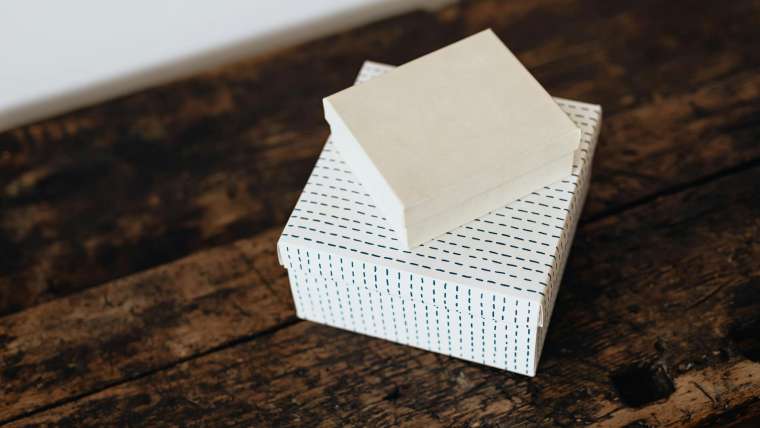Discover the powerful journey of rebuilding from the inside out after experiencing PTSD, and find lasting peace within yourself.
Table of Contents
Post-Traumatic Stress Disorder (PTSD) is a mental health condition that can have a profound impact on an individual’s well-being and quality of life. Whether triggered by traumatic events such as combat, abuse, natural disasters, or accidents, PTSD can result in symptoms such as flashbacks, nightmares, anxiety, and hypervigilance. However, through understanding, support, and self-care, individuals can rebuild their lives from the inside out and find peace.
Understanding PTSD
PTSD is a psychiatric disorder that can occur in people who have experienced or witnessed a traumatic event that threatened their safety or the safety of others. The symptoms of PTSD can vary from person to person but often include re-experiencing the traumatic event through flashbacks or nightmares, avoiding reminders of the event, negative changes in thought and mood, and heightened arousal or reactivity. It is important to recognize these symptoms and seek help from mental health professionals.
Coping Strategies
There are various coping strategies that individuals with PTSD can use to manage their symptoms and improve their overall well-being. These strategies may include seeking therapy, such as cognitive behavioral therapy or eye movement desensitization and reprocessing (EMDR), practicing mindfulness and relaxation techniques, engaging in physical activity, and connecting with support networks. It is essential to find what works best for you and to be patient with yourself as you navigate the healing process.
Seeking Help
Seeking help from mental health professionals is a crucial step in overcoming PTSD. Therapists, counselors, and psychologists can provide the necessary support and guidance to help individuals process their trauma, develop healthy coping mechanisms, and work through their symptoms. Additionally, support groups and peer networks can offer a sense of community and understanding for those living with PTSD.
Self-Care and Wellness
Self-care plays a vital role in managing PTSD symptoms and promoting overall wellness. Engaging in activities that bring joy and relaxation, maintaining a healthy lifestyle through proper nutrition and regular exercise, and practicing self-compassion and gratitude can all contribute to a sense of balance and peace. It is important to prioritize self-care and prioritize your well-being.
Building Resilience
Building resilience is essential for individuals with PTSD to navigate the challenges of recovery and rebuild their lives. Resilience involves developing the ability to adapt to adversity, cope with stress, and bounce back from setbacks. By cultivating resilience through therapy, self-reflection, and self-compassion, individuals can strengthen their mental and emotional well-being.
| Topic | Description |
|---|---|
| Understanding PTSD | This section will provide an overview of what Post-Traumatic Stress Disorder (PTSD) is and how it affects individuals. |
| Symptoms of PTSD | This section will outline the common symptoms of PTSD, including flashbacks, nightmares, and avoidance behaviors. |
| Treatment Options | This section will discuss various treatment options for individuals with PTSD, such as therapy, medication, and alternative therapies. |
| Rebuilding Trust | This section will explore the process of rebuilding trust in oneself and others after experiencing trauma. |
| Self-Care Strategies | This section will provide tips and techniques for practicing self-care and managing symptoms of PTSD. |
| Finding Peace | This section will focus on finding peace and healing after PTSD, including developing coping skills and seeking support. |
Embracing Healing
Healing from PTSD is a journey that requires patience, courage, and commitment. It is essential to embrace the process of healing, acknowledge your strengths and progress, and celebrate small victories along the way. By embracing healing with an open heart and mind, individuals can cultivate a sense of peace, acceptance, and empowerment.
Conclusion
Rebuilding from the inside out after PTSD is a challenging but rewarding journey. By understanding PTSD, seeking help, practicing self-care, building resilience, and embracing healing, individuals can reclaim their lives and find peace. Remember that healing is a process, and it is okay to seek support and take time for self-care. You are not alone, and there is hope for a brighter tomorrow.
FAQ
Can PTSD be cured completely?
While there is no definitive cure for PTSD, it can be effectively managed and symptoms can be greatly improved through therapy, medication, and self-care practices.
How long does it take to recover from PTSD?
The recovery time for PTSD varies for each individual, depending on factors such as the severity of trauma, support system, and treatment methods. It is a gradual process that requires patience and self-care.
Is it common to experience setbacks during PTSD recovery?
Setbacks are a common part of the recovery process for PTSD. It is important to approach setbacks with compassion and resilience, seeking support from mental health professionals and loved ones to navigate through them.
How can I support a loved one with PTSD?
The best way to support a loved one with PTSD is to listen, validate their feelings, encourage them to seek professional help, and provide a safe and understanding environment for them to express themselves. Showing empathy and patience is key in supporting their healing journey.





